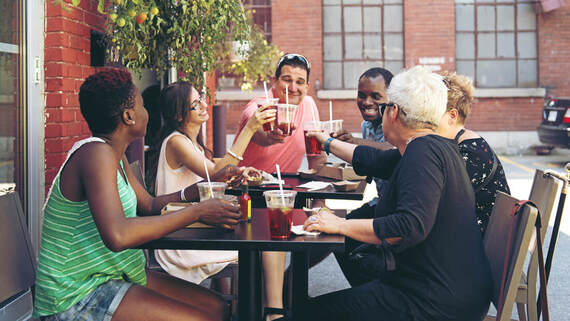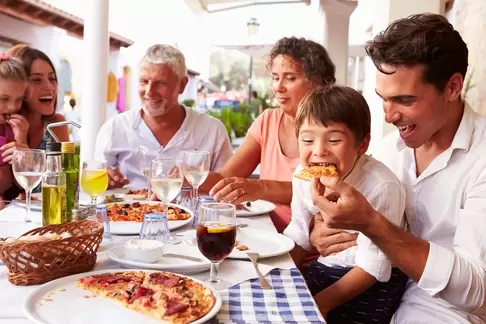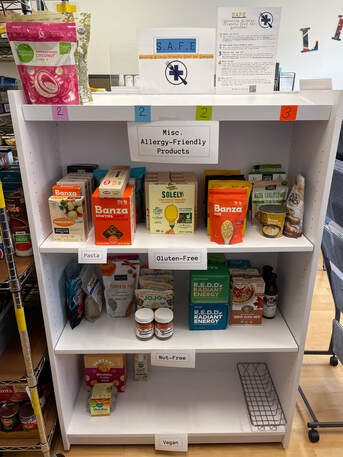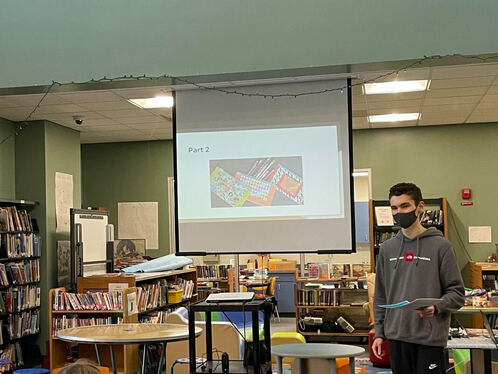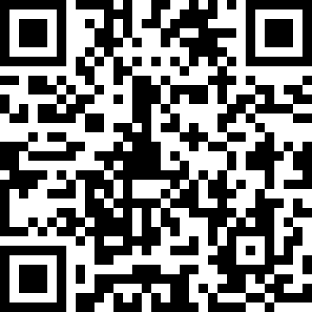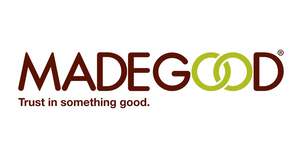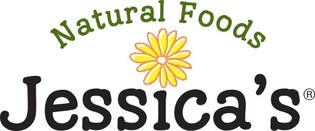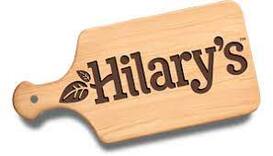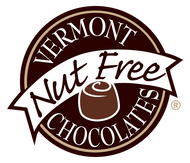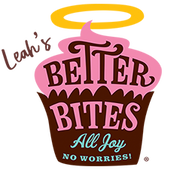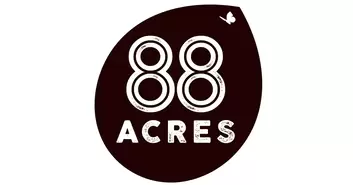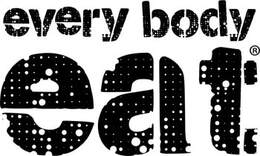SAFE's Mission, Vision, and Purpose
|
SAFE's Mission:
To help people who are food insecure with dietary restrictions have access to safe food and allergy-related education. SAFE's Vision:
To make sure everyone with dietary restrictions has food to eat and the resources to not only survive but thrive. |
SAFE's Purpose:
SAFE exists because food allergies affect 32 million people in the U.S. alone, and every single one of those people deserves the right to eat safe food. However, due to the staggering cost of allergen-free food and the significant lack of access to it, that right isn't distributed equally. That's where SAFE comes in. |
SAFE's Supplying Allergy Food Program
SAFE's Food Pantry Section and App
(What) SAFE's food insecurity initiative is focused on making sure everyone with food allergies has access to allergy-friendly foods.
|
(Why) Currently, food insecurity is one of the largest problems plaguing the world. Despite many efforts to aid those who are food insecure, a specific group of people affected by food insecurity are still being overlooked: those with food allergies. Food allergy-friendly food is exponentially more expensive than regular food: take the average cost of 1 lb. of regular flour, $0.44 and compare it to the average cost of 1 lb. or gluten-free flour, $3.63; that's a 725% increase in cost, a cost many can't afford to live with. Due to this, many people with food allergies can't afford food that is safe for them. This leads to people with food allergies relying on food pantries for a steady source of food to eat. The problem with this is that most food pantries 1) don't have enough allergen-friendly food, and 2) the allergy-friendly food they do have isn’t sorted into designated sections, resulting in it getting mixed in with general donations and taken by people who don't need allergen-free goods. Put simply, no one deserves to starve or have an allergic reaction because they couldn't find anything safe to eat, and SAFE was created to address this.
|
(How) To maximize the impact SAFE could make, founder William Dalton knew he had to come up with something that wasn’t the stereotypical 'have a food drive once a year and donate the foods to the pantry and that's it' approach––not that that’s bad or ill-intentioned, it just simply isn't sustainable. So, instead, SAFE partners with food pantries to implement a designated "SAFE Shelf" in each, filled with allergy-safe food organized into specific allergen-free categories, as well as SAFE's magazine, E.D.I.T. SAFE obtains the allergy-safe food to stock the SAFE Shelves through four different ways.
- Allergy-safe food manufacturers donating safe products they produce.
- Monetary donations from donors which we use to purchase allergy-safe food at a wholesale price.
- Applying for grants from companies (for either food or money).
- Allergy-safe food donated from local community members.
- Students part of founder William Dalton’s Allergy Club can complete "runs" of taking the food to SAFE’s partner pantries for service hours.
SAFE's Educational Program
E.D.I.T. (Education Discoveries Information and Tips)
(What) SAFE’s educational initiative, E.D.I.T., is focused on providing people with food allergies allergy-related education, discoveries, information, and tips in a understandable and engaging way.
(Why) E.D.I.T. was created to equip individuals with food allergies with allergy-related knowledge to help them lead a safer life and, in the end, hopefully, a less stressful, fulling one.
|
(How) SAFE posts the monthly-edition of E.D.I.T. monthly on their website (under the E.D.I.T. tab) as well as distributes copies of E.D.I.T. to all its partner pantries.
|
Other SAFE Related Initiatives
A.C.T. (Allergy Care Talks)
(What) SAFE founder William Dalton also created a program adjacent to SAFE dedicated to helping people, specifically young kids, with food allergies. ACT focuses on helping kids feel less alone and overwhelmed by their food allergies and instead empowered and inspired to lead a safe and fun life in spite of them.
|
(Why) Kids with food allergies often feel extremely isolated, this often being a result of them not personally knowing many others with food allergies and having to do things like sit alone at the "Allergy Lunch Table." Kids not knowing anyone else with food allergies is problematic because it makes kids feel like:
1) They are alone in the extreme trials and tribulations that come with having food allergies (leading them to sometimes think it is something they should be embarrassed of). 2) They have no one to receive advice from on how to deal with allergies, thus leaving them to figure out the daunting task all by themselves. 3) They have no one to look up to who has food allergies to inspire them to be unapologetic and about them. |
(How) ACT stands for Allergy Care Talks, and tackles this issue by going into primary and elementary schools and holding monthly meetings with kids with food allergies (and their parents).
- For the first part of these meetings William talks with the kids about whatever they want and tries to build a relationship with them.
- For the second part of the meeting William goes into the monthly discussion topics, one relating to allergy safety and the other being a more "fun" topic. For example, in February, the first topic William focused on was how to order of a menu at restaurants (he was the mock waiter the kids had to give their order to) and the second topic was making allergy-friendly treats for Valentines day. This allows for kids to learn things that will help them make safer and smarter decisions with food allergies and also have a fun, more "normal" life with them as well.
- For the last part of the meeting William hands out Top-8 allergen-free treats, which of course, is not only exciting for the kids but also helps them practice utilizing the tips we talked about in a controlled/safe environment.
- At the end of the meeting, I also hand out E.D.I.T., SAFE’s aforementioned monthly-released magazine, which both the kids and parents can read, as the magazine is designed to be readable and engaging for all.
QR Code to Download SAFE’s AppScan this QR code to download the SAFE app on your mobile device. Once you scan the QR code, you will be prompted to hit the share button (the square with the arrow pointing upwards through it), and then scroll down in the options presented and press “Add to Home Screen.” It’s as easy as that; then you can easily access the SAFE app from your home screen whenever you want.
|
If you’re struggling to download the app through using the QR code, you can also click this link or copy and paste it into your search bar on whatever search engine you use on your phone (i.e., Safari, Google, etc.), and you can download it from there as well. The link is: (https://previewer.adalo.com/29d54655-8318-447c-8d1b-5f837114aa49).
Disclaimer: You can access all of SAFE’s resources through this website (www.supplyingallergyfoodandeducation.weebly.com), or SAFE’s app, whichever you prefer.



